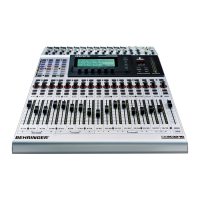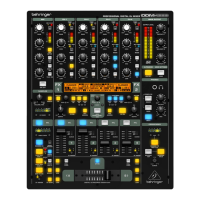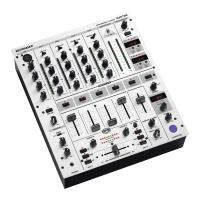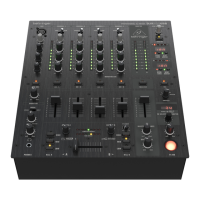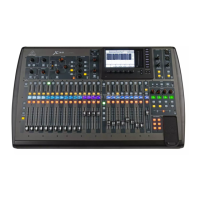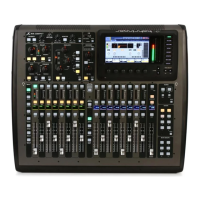also in its infancy, and only time will tell which features delving into sound
esthetics will have a lasting impact. Having a pioneering spirit is nowadays just
as important as it was when stereophonic sound was first launched. The only
rule that really goes nowadays is the following: less is often more! Nobody
wants to listen for music for 75 minutes if instruments continuously circle
throughout the room or if primary musical elements such as lead vocals
sometimes come from the back.
DTS
®
& DOLBY
®
DIGITAL
DTS
®
is an abbreviation for Digital Theater System and is second in popularity
only to DOLBY
®
Digital. Even though DTS
®
is technically more advanced
(since there is a much higher data rate), it is seldom used on DVDs. The first
reason is because corresponding decoders are not often found in surround
amplifiers. The second reason is that the higher data rate of the audio signals
requires more disk space than similar AC-3 encoded signals. The latter would
lead to storage issues with extra-long films or DVDs that contain many special
features. DTS
®
was developed in 1990 by Terry Beard, and 3 years later
Universal Studios and other investors came out with the first-ever film with
DTS
®
sound: Steven Spielberg’s Jurassic Park.
DOLBY
®
DIGITAL or AC-3 was introduced in 1992, and is the next logical
step in the development of the first digital surround format AC-1, introduced in
1984 by the DOLBY
®
Laboratories. AC-3 is the most popular current surround
format. Six separate sound channels are encoded in a linear PCM bit data
stream (just like DTS
®
). The signal is then highly compressed (similar to
DTS
®
) in order to reduce data size. Sound quality reduction is within
reasonable limits, and is comparable to the difference in quality between the
sound of an audio CD track and a high sampling rate MP3 file derived from it.
Separating sound into 6 channels has its roots in film production, or, more
exactly, in sound implementation in cinema theatres. Usually, the front left and
right speakers reproduce music and sound effects visible on-screen. The
center speaker is usually used for dialog, and the subwoofer or the “LFE”
16

